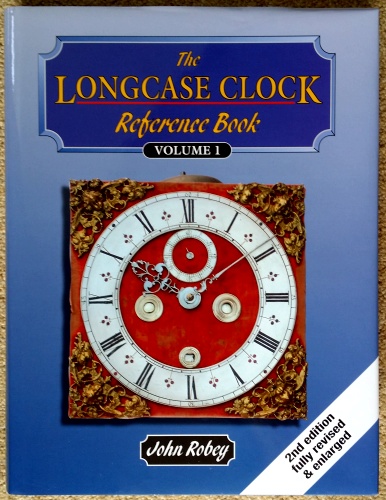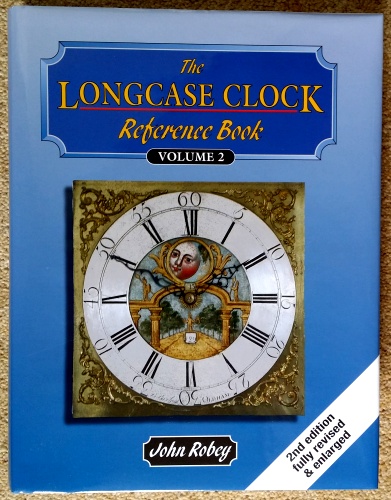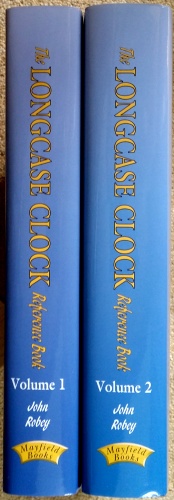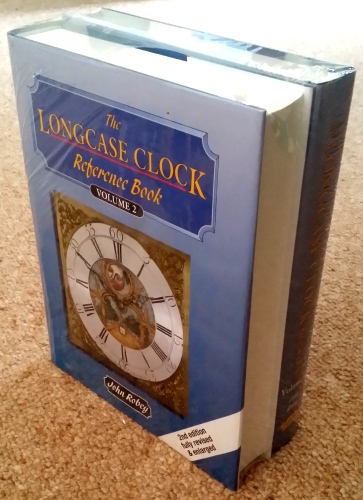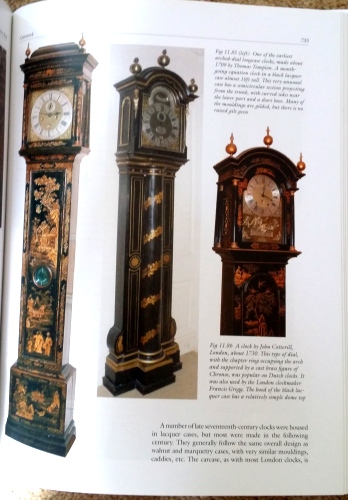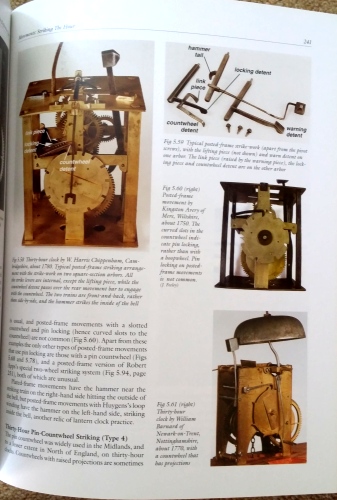The Longcase Clock Reference Book
Author: John Robey
2 volumes, 928 pages in total, over 2,500 illustrations
This fully revised and enlarged second edition of The Longcase Clock Reference Book considers all aspects of the longcase clock, from the late seventeenth century to the Victorian era.
The first volume studies the clock trade, and how it was organised, both in the large cities and rural areas. It is shown that clockmakers relied heavily on the services of other craftsmen: brass founders, iron forgers, pinion makers, engravers, and cabinet makers, as well wholesale suppliers of clock parts. How a longcase clock was actually made in the eighteenth-century is discussed and compared with present-day methods.
Several chapters detail movements, both their time-keeping and striking systems, with numerous variations. Chiming and musical clocks are included, as well as moon work, calendars, simple automata and alarms. This book is unique in showing many aspects of longcase clock movements that have not been recorded elsewhere. Also considered are the movements for painted-dial clocks and who made them - a topic that has received little attention, despite the growing interest in this type of clock.
The second volume discusses the stylistic development of brass dials made in both London and the provinces, including those for simple rural thirty-hour clocks. Painted dials are also covered in detail with much new information on dialmakers in Birmingham and elsewhere.
Fashionable clock cases were made in London using walnut, ebony, lacquer or mahogany, while elsewhere regional styles developed often in oak or other timbers. These are all considered, as well as some interesting and unusual clocks. Longcase clocks made for special purposes are included as well as those with wooden movements.
Throughout this book there is emphasis on the practical aspect - not only how movements, dials (both brass and painted), and cases developed stylistically, but how they were actually made. American tall-case clocks are compared and contrasted with their British counterparts.
These two volumes are illustrated by over 2,500 illustrations, many in colour, including numerous specially drawn diagrams of clock mechanisms. With many charts and tables it is an indispensable reference work on the longcase clock for horologists, collectors and restorers.